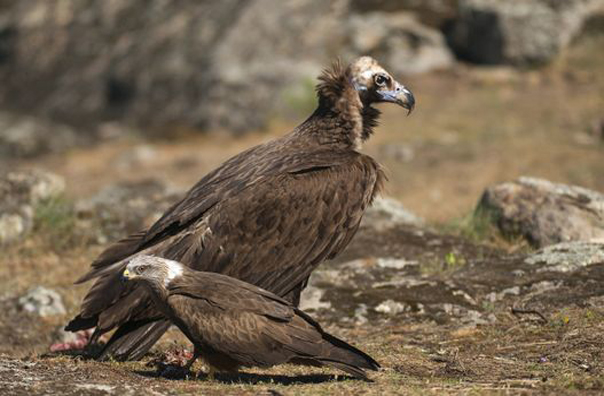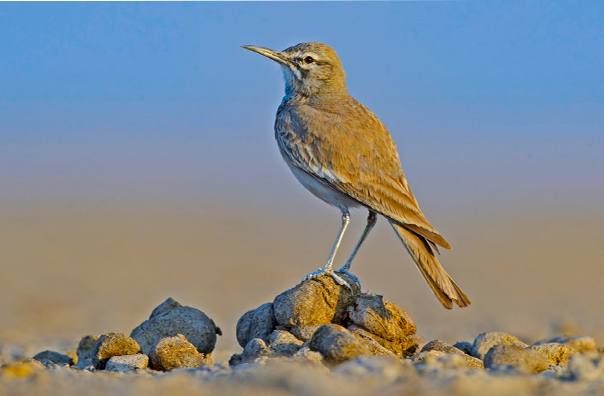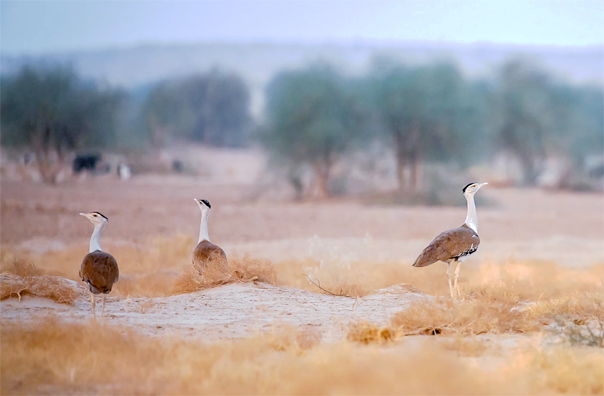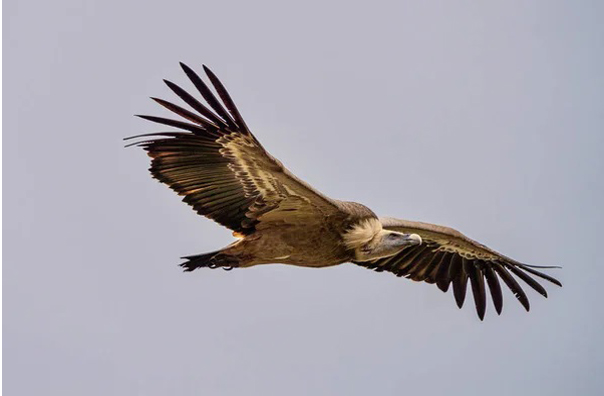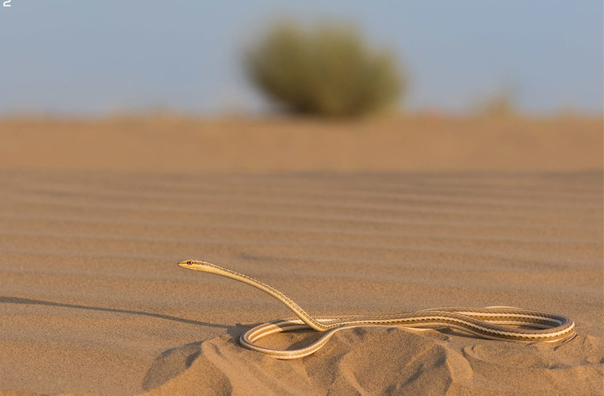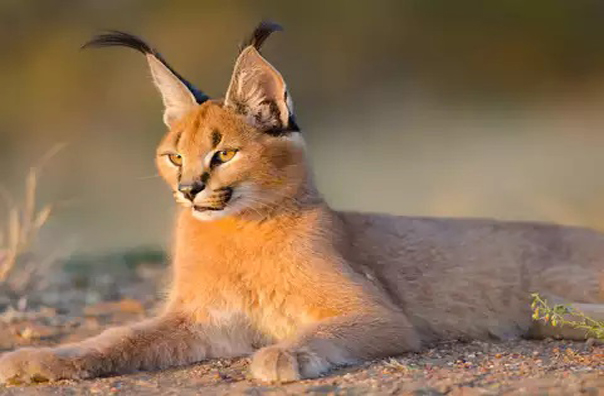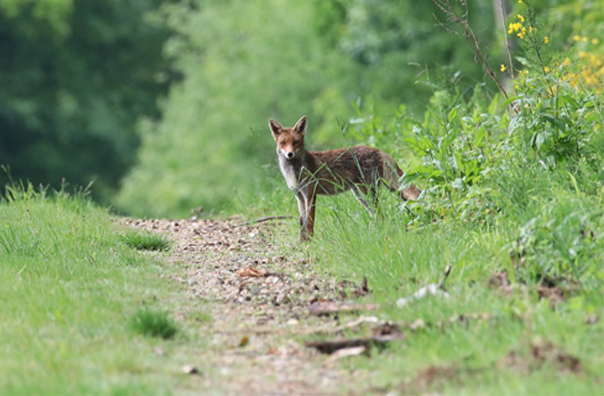About Desert National Park
There is a unique beauty in the calm and stillness of the desert. The unique topography, breathtaking sunrise and sunsets, the lunar rays of moon and the starry nights. The desert has an engaging appeal. The Desert National Park of Rajasthan offers you the same magic.
The Desert National Park is located close to Jaisalmer, Rajasthan. Known for its forts, palaces, and rich cultural heritage, Jaisalmer sees a heavy footfall of both Indian and foreign tourists. In comparison, the Desert National Park which is just a short drive away, attracts fewer visitors, that too mostly day-trippers who come for the customary camel rides.
This is one of the largest national parks, covering an area of 3162 km². The Desert National Park is an excellent example of the ecosystem of the Thar Desert. Sand dunes form around 20% of the Park. The major landform consists of craggy rocks and compact salt lake bottoms and thorny bushes.
Sandy areas dominate this part of Jaisalmer district, while gravelly and rocky areas are scattered throughout central, southern and eastern areas. The Desert National Park is barren with several sand dunes and a few hills in the north-western region. The Park forms a vast sandy and undulating terrain. From Khuri to Sam, the topography is gravel, rocky with a few isolated ridges. Interdunes and sandy plains are other topographic features.


